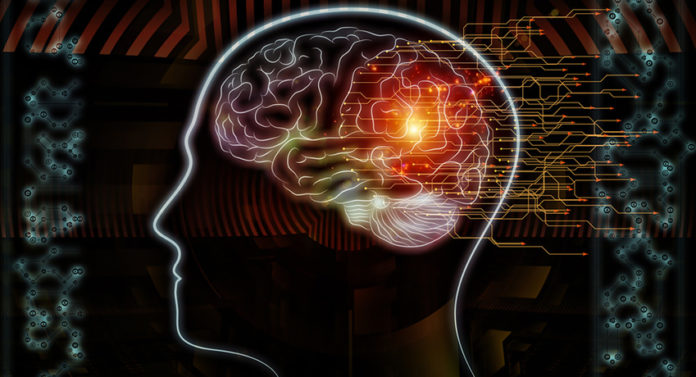
When it comes to catching criminals, the outcome can be heavily reliant on details given by witnesses or suspects. Now, neuropsychology researchers Drs. John B. Meixner and J. Peter Rosenfeld from Northwestern University in Evanston, IL, say that monitoring a particular brain wave of these individuals could aid criminal investigations, by confirming details they have seen or objects they recognize.
The findings, published in Psychological Science, a journal of the Association for Psychological Science, suggest that a particular brain wave, known as P300, could serve as a marker that identifies places, objects, or other details that a person has seen and recognizes from everyday life.
Past research using EEG recordings of brain activity has shown that the P300 brain wave tends to be large when a person recognizes a meaningful item among a list of non-meaningful items. Using P300, researchers can give a subject a test called the Concealed Information Test (CIT) to try to determine whether they recognize information that is related to a crime or other event.
However, most studies investigating P300 and recognition have been conducted in lab settings that are far removed from the kind of environment or information a real witness or suspect might be exposed to.
In this study, Drs. Meixner and Rosenfeld set out to achieve a more accurate CIT. They enrolled 24 college students, fitted their clothes with a small camera for 4 hours and asked them to go about about their normal daily activities.
“Much like a real crime, our participants made their own decisions and were exposed to all of the distracting information in the world,” Dr. Meixner explains.
P300 is a ‘robust and reliable marker of recognition’
The researchers then reviewed all of the recordings. For half of the students, the researchers used the recordings to identify details specific to each person’s day, which became “probe” items for that person. The researchers also came up with corresponding, “irrelevant” items that the student had not encountered — if the probe item was a specific grocery store, for example, the irrelevant items might include other grocery stores.
For the other half of the students, the “probe” items related to details or items they had not encountered, but which were instead drawn from the recordings of other participants. The researchers wanted to simulate a real investigation, in which a suspect with knowledge of a crime would be shown the same crime-related details as a suspect who may have no crime-related knowledge.
The next day, all of the students returned to the lab and were shown a series of words that described different details or items (i.e., the probe and irrelevant items), while their brain activity was recorded via EEG.
The results showed that the P300 was larger for probe items than for irrelevant items, but only for the students who had actually seen or encountered the probe. Further analyses revealed that P300 responses effectively distinguished probe items from irrelevant items on the level of each individual participant, suggesting that it is a “robust and reliable marker of recognition,” the team says.
“Perhaps the most surprising finding was the extent to which we could detect very trivial details from a subject’s day, such as the color of umbrella that the participant had used,” says Dr. Meixner. “This precision is exciting for the future because it indicates that relatively peripheral crime details, such as physical features of the crime scene, might be usable in a real-world CIT — though we still need to do much more work to learn about this.”
“One reason that the CIT has not been used in the US is that the test may not meet the criteria to be admissible in a courtroom,” says Meixner. “Our work may help move the P300-based CIT one step closer to admissibility by demonstrating the test’s validity and reliability in a more realistic context.”
Drs. Meixner and Rosenfeld, along with their Northwestern colleagues, plan to investigate additional factors that may impact recognition, including whether images from the recordings may be even more effective at eliciting recognition than descriptive words — preliminary data suggest this may be the case.
